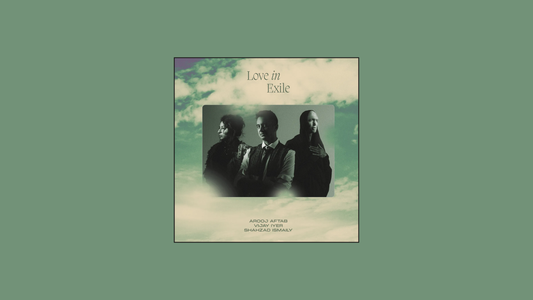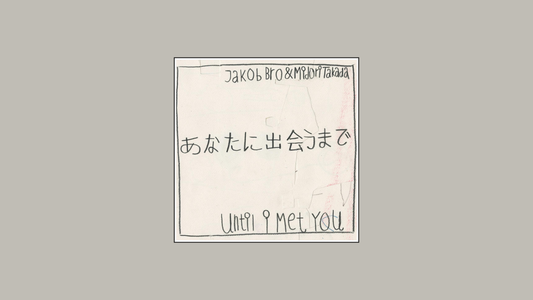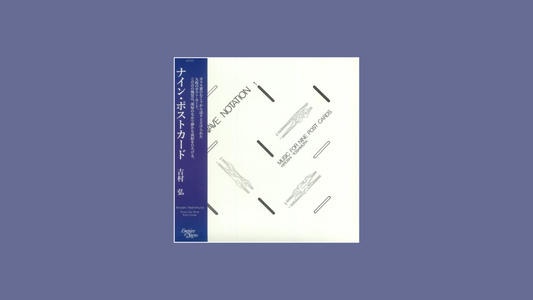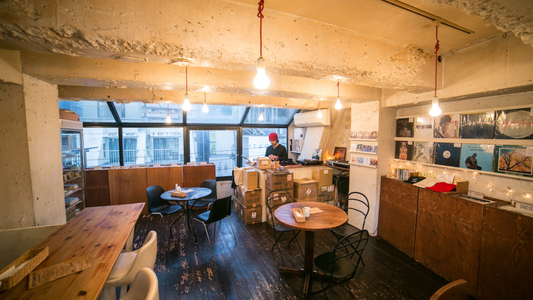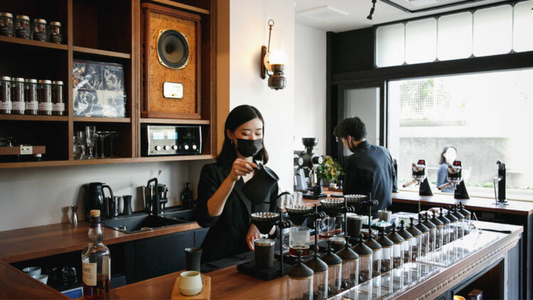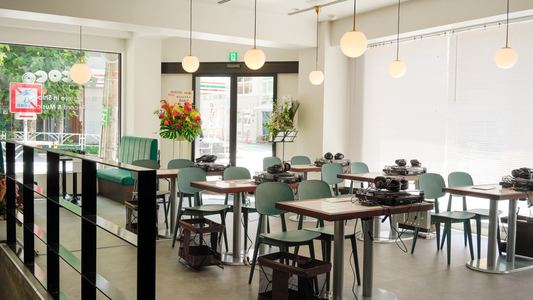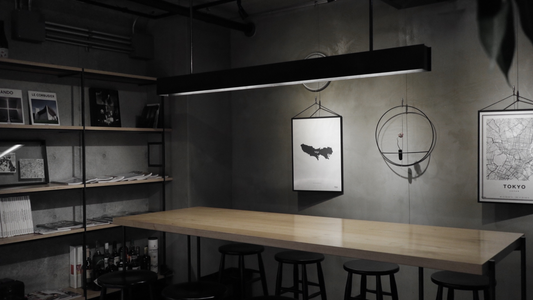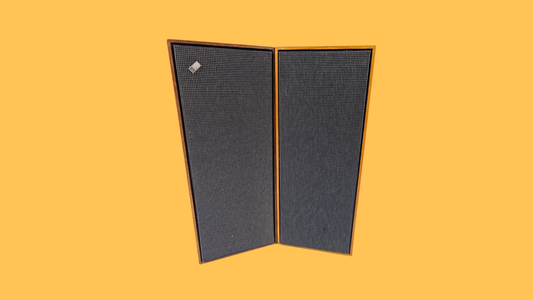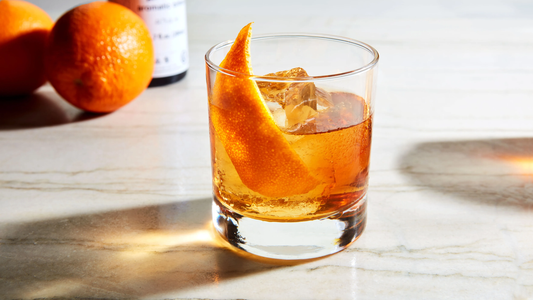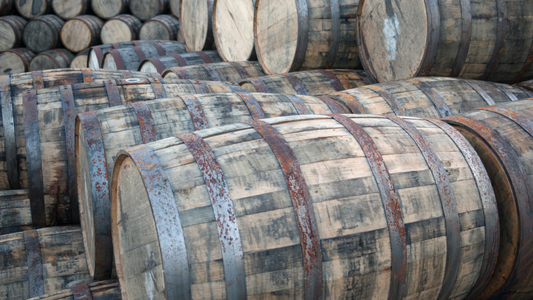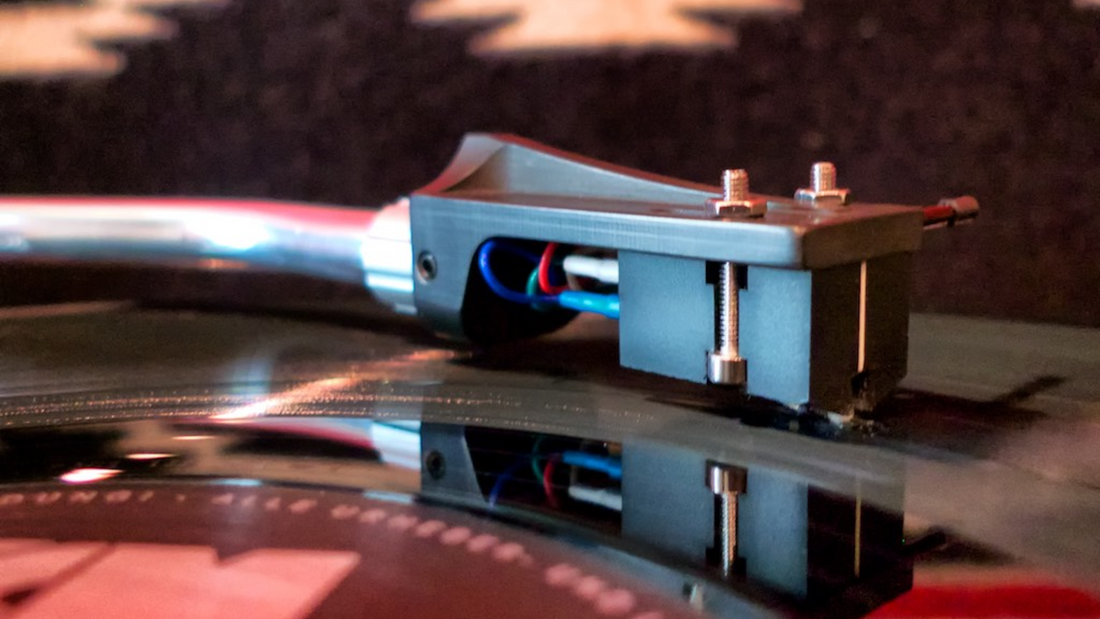
Denon — The Broadcast Cartridge That Refuses to Retire
By Rafi Mercer
Some technologies are born, serve their purpose, and fade. Others refuse to leave, outliving the companies, the fashions, even the formats they were designed for. The Denon DL-103 is one of those survivors. First introduced in 1962 for the rigid demands of Japanese radio studios, it was never meant to become an audiophile icon. Yet six decades later, in listening bars from Osaka to Oslo, it is still quietly tracing grooves, proof that utility, when executed perfectly, can transcend time.
The context matters. Japan in the early 1960s was a nation rebuilding itself, modernising at speed, and hungry for fidelity. The national broadcaster NHK needed a cartridge that could endure daily transmission, survive long studio shifts, and deliver consistent performance. Denon — then the Denki Onkyo company — answered with the DL-103: a low-output moving coil with a conical stylus and a ruggedness that belied its delicacy.
What made it endure was not glamour but balance. The DL-103 doesn’t seduce with fireworks or etched detail; it persuades with tone. Vocals sit rich and centred, bass lines carry body without bloat, cymbals shimmer without fatigue. In the setting of a listening bar, where evenings are long and sessions are meant to be immersive, that balance is gold. It lets the music play without drawing attention to itself, turning the record into atmosphere, into presence.
There is also a kind of humility in the DL-103. Unlike Ortofon’s lineage of precision styli or Miyajima’s artisanal handcraft, the Denon is workmanlike. It is built to a standard, not a price. Even today, in its current production, it retains that sense of a tool rather than a jewel. And in the hands of bar owners who need reliability night after night, that is precisely the point.
I once encountered a pair of them in a Tokyo bar, mounted on old broadcast arms, playing a stack of Impulse! and Blue Note LPs. The sound was unforced, generous, and unerringly human. There was no hi-fi dazzle, no self-conscious audiophilia. Just the warmth of Coltrane’s tenor blooming into the wood and whisky. In that room, the DL-103 felt less like a cartridge and more like a custodian of mood.
Part of its legend is the way it adapts. Mounted on heavy tonearms, weighted into massy plinths, or fitted with wooden and metal shells, the DL-103 seems to invite tinkering, each configuration unlocking a slightly different balance. Enthusiasts build whole systems around it, yet in bars it remains a straightforward choice: robust, affordable, proven. It is a cartridge you can trust to sound right at two in the afternoon or two in the morning.
And so it endures, stubbornly alive in a world that has shifted a hundred times around it. Digital came and went, vinyl faltered and revived, boutique cartridges multiplied — yet the Denon DL-103 keeps working. Perhaps that is why it belongs in the culture of listening bars, which themselves are about continuity, about holding a space for deep listening when the rest of the world moves too fast.
The DL-103 was designed for broadcast. In a way, it still is — only now it broadcasts atmosphere, continuity, and the reminder that fidelity doesn’t always need to be complicated. Sometimes it just needs to be honest, steady, and always ready for the next record.
Rafi Mercer writes about the spaces where music matters. For more stories from Tracks & Tales, subscribe, or click here to read more.
